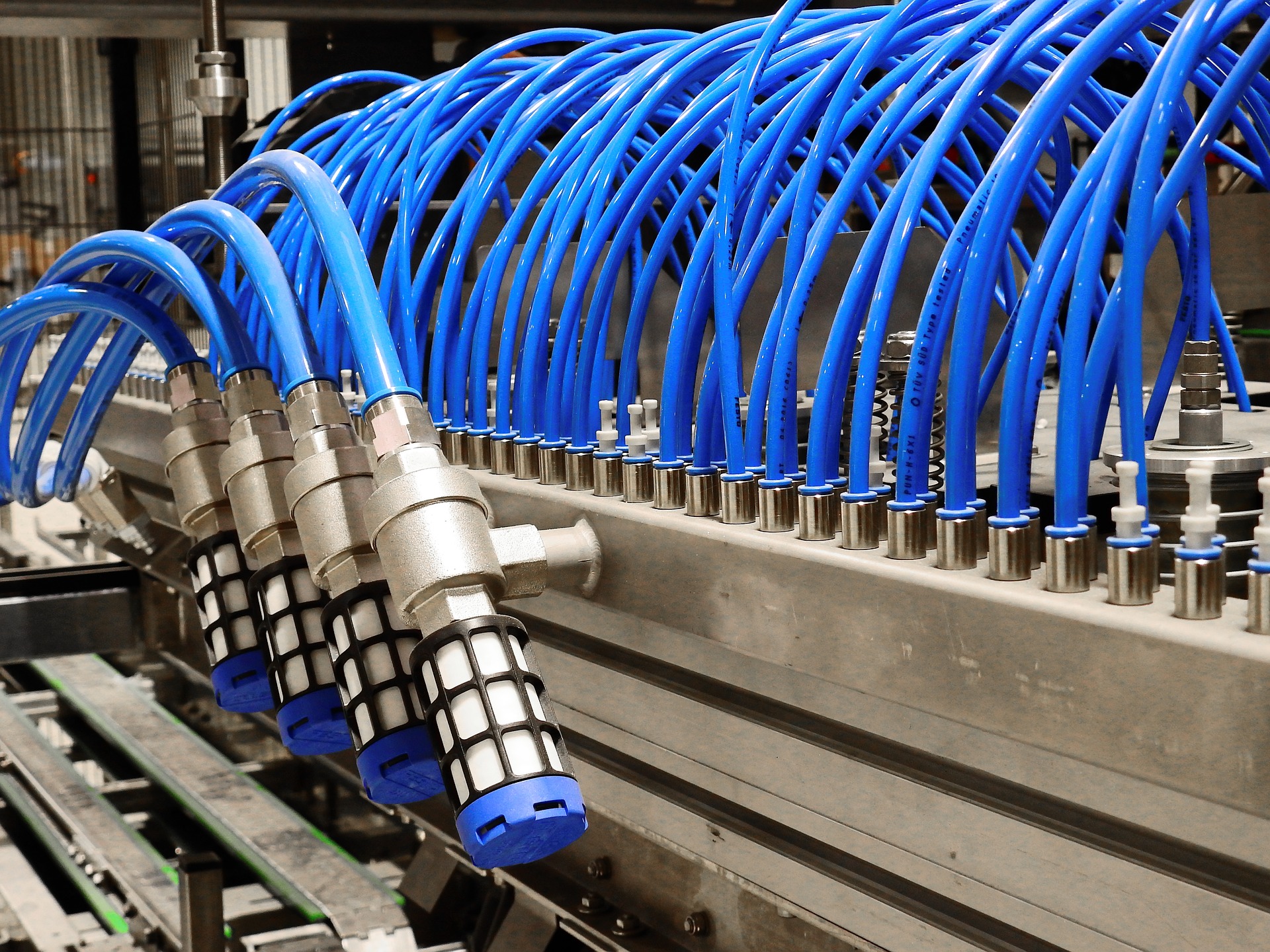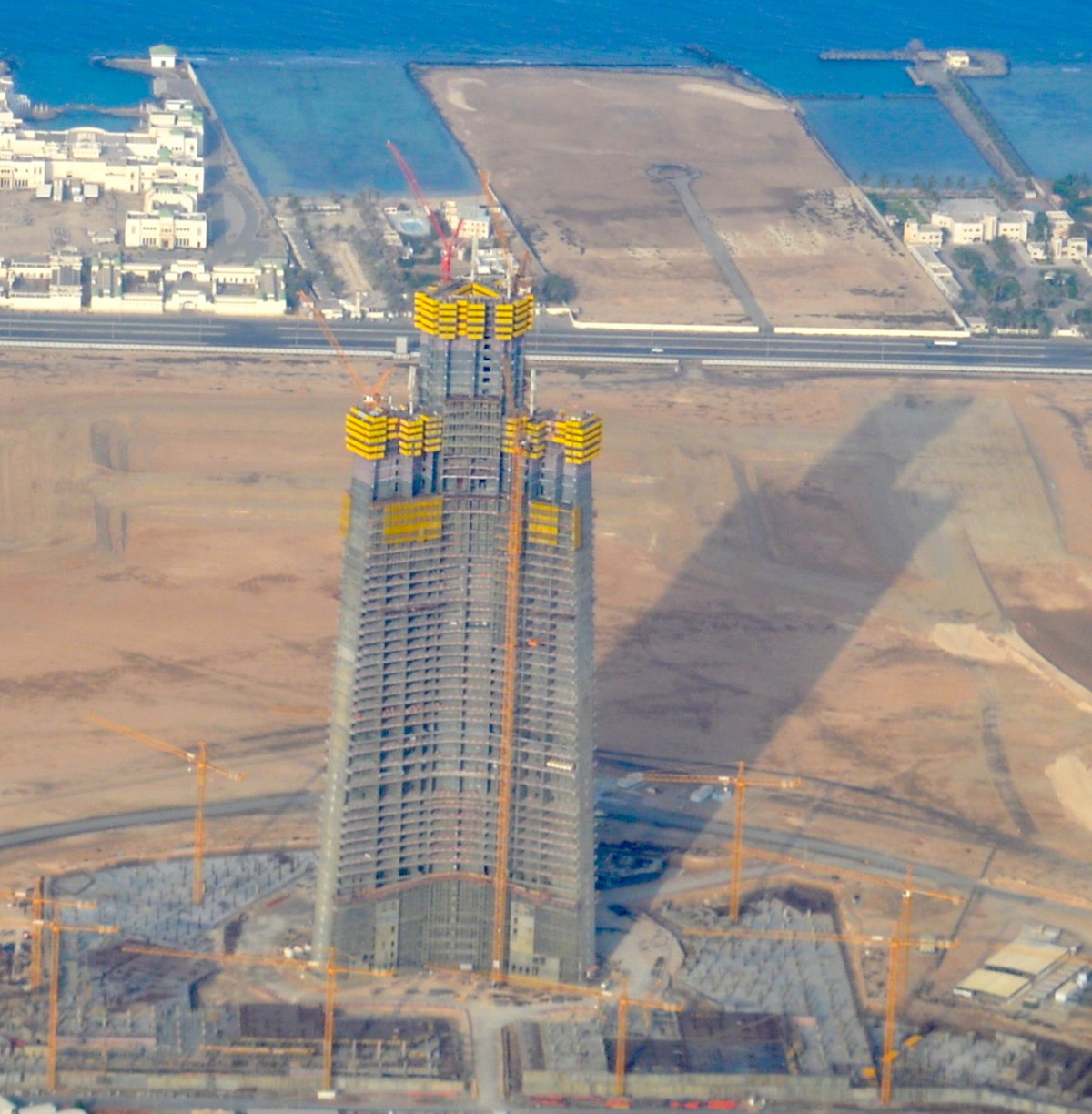Compressed air systems and pneumatics are commonplace in manufacturing, especially in food, beverage, pharmaceutical, electronics, and the cosmetics industries. They are used for cleaning, drying, pushing things around, controlling temperatures, etc.
Inevitably, oil contamination becomes a problem with these compressed air systems sooner or later. The reason for this is that compressors use oil for their internal lubrication. No matter how advanced or effective the piston compartment sealing is, oil droplets will pass through to the compressed air chamber.
There are several ways to address this. One would be to use oil-free compressors, which are more expensive, have shorter service lives, and can’t do much about the oil vapor that is contained in atmospheric air. For this reason, filtering the ambient air before it gets sucked by the compressor is an extra contamination prevention method. Some go through the trouble of adding an after-filtration system on the downstream, reducing any remaining oil aerosols down to negligible amounts. The filters though strangle the system, so additional suction power is required, and of course, filtering elements need to be cleaned and eventually replaced.
Is all this trouble and cost worth it? Oil droplets that suspend mid-air or settle on surfaces are something to worry about if you are producing sensitive items or things that hold special hygienic importance. Food and pharmaceuticals cannot afford to have oil contaminants on their products. Electronics would also suffer from increased rates of failures if oil molecules spread over their surfaces.
If you are producing gears for transmissions, then there’s nothing to worry about except for the health and safety of your employees.
That said, the answer to the question in the title is “it depends”, and testing the contaminants load on the deployed compressed air system systems is a solid way to figure out if you need to take any action or not.






